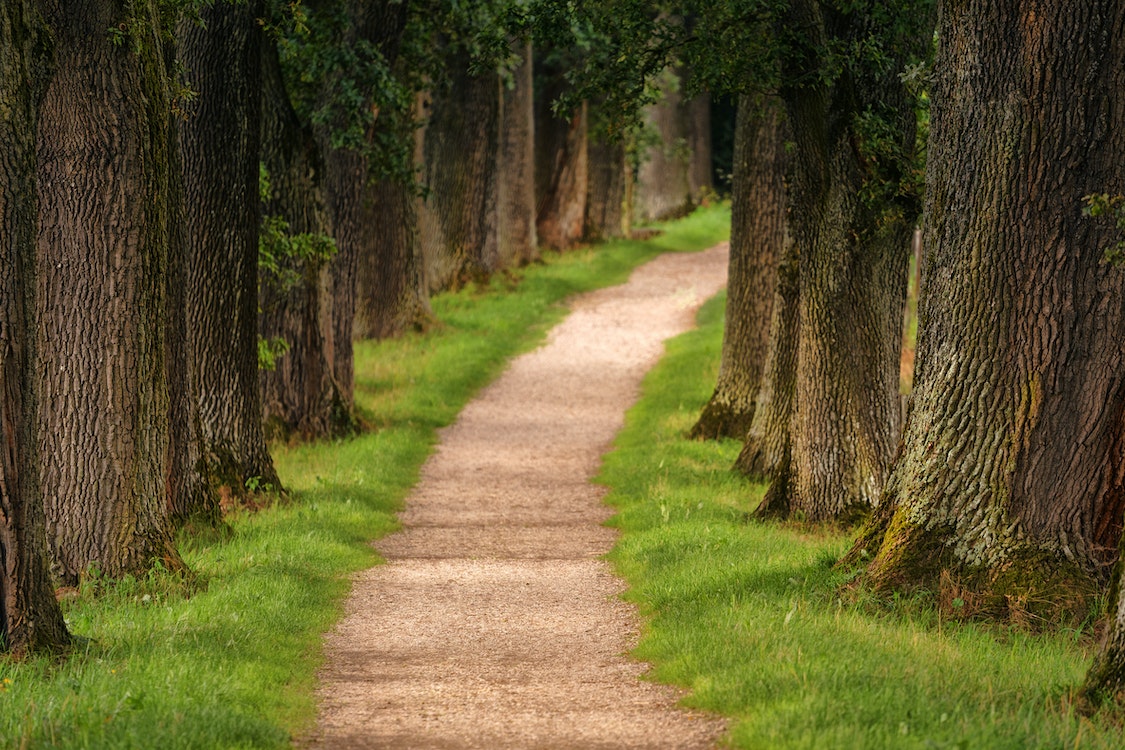Trees add beauty, ambiance, and curb appeal to your property, but they also provide many benefits to the environment. These benefits include reducing energy costs, providing oxygen, absorbing pollutants, and lowering soil erosion.
It is important to care for your trees so that they can continue providing these benefits and remain healthy long-term. Follow these simple strategies to keep your trees healthy and thriving!
1. Keep Them Clean
Trees have the ability to clean our air in many ways. They scrub carbon dioxide, remove particulate matter and reduce greenhouse gases like methane from the atmosphere.
They also help filter and store more than half of our water supply by removing pollutants, sediments and other substances from rain before it hits the ground.
But trees have a tough life, and they can suffer from a number of environmental stressors, including insects, pests and disease. Insects can cause a tree to lose its leaves and branches, while diseases can cause wilting and yellowing of the stems.
In addition to protecting your trees from insects, you should keep an eye out for invasive plants that are competing with your native species. These can quickly become problematic, as they can spread and grow aggressively.
Invasive plants often disrupt a tree’s canopy, causing it to lose its ability to produce new growth. They can also inhibit root growth, weakening the trunk and putting it at risk for insects, pests and disease.
2. Keep Them Well Watered
Water is the lifeblood of all living things. From bacteria to giant Sequoias, plants and animals depend on it for a variety of reasons, from sustenance to survival.
Keeping your trees well watered is one of the easiest and most effective ways to keep them healthy and flourishing. Whether you’re in an area with abundant rainfall or drought-prone, providing supplemental water to your trees and shrubs is a simple, low-cost way to ensure their health and longevity.
It’s important to water young trees properly – this will help establish their root systems and prevent them from suffering from drought damage in the future. Frequency of watering varies by tree age, soil type, wind zone, and plant placement, but most young trees will need to be watered frequently during the first year or so after planting.
The most effective way to water is through drip irrigation, which discharges a small amount of water on a regular basis directly to the roots beneath a tree. It also loses less water to evaporation than overhead sprinklers or sprayers.
3. Keep Them Well Fertilized
Keeping your trees well fertilized is one of the most effective ways to help them grow and thrive. Trees that are well-nourished can withstand a variety of stresses and problems, including drought, freezing temperatures, insects, and disease.
Whether you’re fertilizing young plants or mature trees, it’s important to choose the best type of fertilizer for your specific needs. Look for fertilizers that include macronutrients, the building blocks of a plant’s nutritive needs (potassium, nitrogen, and phosphorus), as well as trace minerals such as zinc, copper, and calcium.
For example, a balanced granular formula is often the most suitable fertilizer for fruit and ornamental trees, while an organic slow-release fertilizer can be useful in helping shrubs and groundcovers grow more deeply and sustainably.
The best way to determine the correct amount of fertilizer for your landscape is to get a soil test from your county extension service. The test will tell you what nutrients your soil lacks and recommend a specific type of supplemental fertilizer.
4. Keep Them Well Pruned

Keeping trees well pruned enhances their structure and strength. It can also eliminate or reduce fungi, disease, or other problems that may harm your trees.
Pruning is a natural part of the life cycle of many woody plants, but when it’s done improperly, trees become weakened or deformed and can die. Each pruning cut requires the tree to expend energy and resources to heal itself, creating open wounds that are susceptible to attack by insects, fungal pathogens, and diseases.
The best time to prune your trees is during their dormant season, late fall through early spring. This allows you to assess damage without leaves and makes it easier for the tree to seal its wounds.
Another advantage to dormant pruning is that it stimulates new growth. This is especially important for deciduous trees that begin growing again in spring.
When pruning trees, always use a sharp, balanced tool. Dull blades or tools that aren’t properly adjusted can create jagged cuts that make trees more vulnerable to pests and diseases.
5. Keep Them Well Lit
Trees require lots of light to thrive. They rely on their roots to receive sunlight and moisture from the ground, and the air around them to carry that moisture back up into the tree’s branches.
Adding lighting to your tree is an easy way to create a festive, dazzling glow that will be enjoyed by family and friends alike. But it’s important to know that lights generate heat, so don’t leave them on for long periods of time.
You also want to keep trees away from fireplaces, heaters, radiators and air ducts — they can dry out your tree at an accelerated pace. In fact, the National Christmas Tree Association reports that nearly 1/5 of Christmas-tree fires start when a tree is placed near a heating source.
Keeping your tree well-lit can help keep it healthy and flourishing, especially if you use LED Christmas lights that don’t heat up as quickly as older types. Lowe’s suggests using at least 100 lights per foot of tree–adding extra strands is helpful, as is running the lights out to the outer portions of the branches.
6. Keep Them Well Fertilized
Keeping trees well fertilized can be one of the most effective ways to keep them healthy and flourishing. Trees are a key part of any landscape and can add natural beauty to your yard as well as help with air quality.
When deciding to fertilize your trees, it is important to understand the unique requirements of each plant species and consider the soil make-up on your property. The team here at Hendricksen Tree Care can provide you with the knowledge and expertise you need to select and apply the right fertilizer for your specific needs.
Fertilization is best applied in early spring before new growth is initiated and then again in the fall to help trees survive harsh winters. It is advisable not to fertilize during times of drought stress or when your trees are showing signs of water stress, as this could cause them to rot or damage their roots.
Depending on the type of trees you have, you may need to fertilize regularly throughout the growing season or even more frequently if the climate is especially harsh. Look for the following signs to help determine if you should apply fertilizer:
7. Keep Them Well Pruned
Trees are living organisms that require time, energy, and water to grow. You should take appropriate steps to keep your trees healthy and flourishing, including proper pruning and trimming. You should also keep in mind that the best time to prune a tree is during late Winter.
Pruning enhances the overall appearance and structure of your trees, removing dead, damaged, or diseased branches, and stimulating new growth, while protecting their roots from damage. It also helps to monitor the health of your trees and detect diseases on time, preventing the spread of pests.
When pruning, avoid the flush cut (cutting a branch off flush with the bark of the trunk or another larger branch). This removes the branch collar, an area of tissue that helps a plant form a seal over a pruning wound.
A good rule of thumb is to prune evergreens and shrubs only after winter dormancy. Otherwise, a plant may set dormant buds that won’t bloom the following spring.
Young trees and shrubs, such as crepe myrtles, require minimal pruning. In the early years, remove any suckers or side shoots that come up from the base of the tree.




